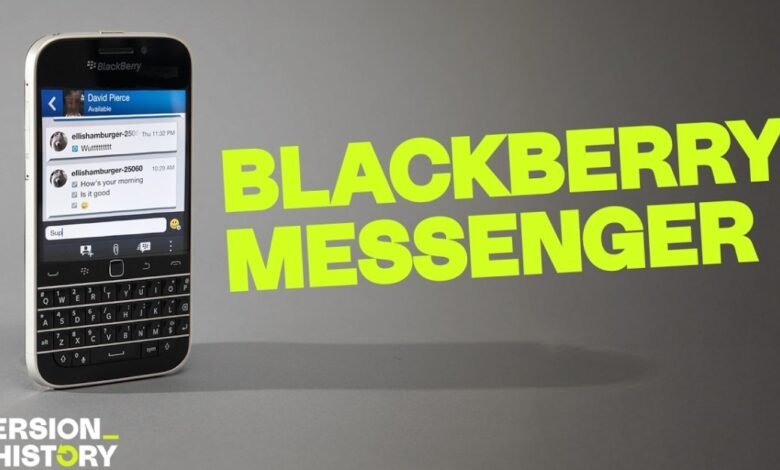How BlackBerry Messenger Revolutionized Texting

▼ Summary
– Two decades ago, text messages cost 10 cents each and were a major expense for wireless users before BlackBerry Messenger disrupted the market.
– BlackBerry Messenger (BBM) was a pioneering messaging service that bypassed carrier fees and preceded modern apps like WhatsApp and iMessage.
– BBM featured extensive capabilities, including sharing music, sending money, and social network integration, anticipating the “everything app” concept early.
– The service ultimately failed due to device lock-in, as declining BlackBerry sales reduced BBM usage, despite internal efforts to make it a global platform.
– This analysis is part of the “Version History” podcast series, which explores significant tech products and invites listener feedback for future episodes.
Two decades ago, sending a single text message cost ten cents, a significant expense in an era when cell phone plans were measured by the minute and 3G speeds felt revolutionary. Wireless carriers profited handsomely from this system, while families with fast-fingered teens watched their bills climb. Then BlackBerry, at the height of its influence, made a bold move that bypassed the carriers completely. Long before WhatsApp, Telegram, iMessage, or RCS became household names, there was BlackBerry Messenger. Though BBM is no longer in use today, its impact on digital communication remains undeniable, and many of us have it to thank for saving quite a few dimes.
In the latest installment of Version History, a series exploring pivotal tech products, the story of BBM’s rise and eventual decline is unpacked in detail. Hosts David Pierce, Nilay Patel, and Joanna Stern share personal anecdotes from their BBM days, including Joanna’s confession about using the service long after it was fashionable. Together, they trace the app’s development, its cultural significance, and the reasons it ultimately faded from prominence.
Listeners will discover that BBM was remarkably forward-thinking. BlackBerry grasped the “everything app” concept well before it became a mainstream goal, integrating a wide array of features into the platform. Through BBM, people could share music tracks, transfer money, update social networks, and communicate seamlessly, all within a single application.
So what led to its downfall? Several factors played a role, but a primary one was platform lock-in. As consumers moved away from BlackBerry smartphones, they naturally abandoned BBM as well. Internally, however, there was a strong push to transform BBM into a universal platform, a strategy that prompted leadership shake-ups and left industry observers wondering what might have been.
This episode marks the second release in the Version History series, following an earlier installment focused on hoverboards. For those interested in tuning in, the show is accessible across multiple platforms.
We extend our gratitude to everyone who has already watched or listened and shared their thoughts. The team is actively developing future episodes and values all feedback, what to explore next, what to adjust, or what to approach differently. If BBM’s story has captured your interest, several resources are available to dive deeper into its legacy.
(Source: The Verge)

